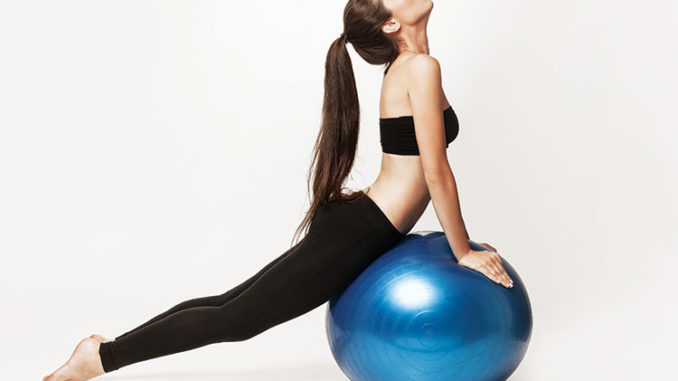
How Pilates can reduce pain and create balance
Do frequent aches and pains often derail your weekend plans? Have you started to blame your mattress for poor sleep and achy shoulders? There could be a cure that won’t cost a pretty penny, and it’s simple enough that anyone can do it (note: we didn’t say easy).
Pilates was designed to strengthen your core, which consists of the deep abdominal wall and muscles in the pelvic floor, spine, and diaphragm. A weak core is often responsible for those aches and pains felt in your back, neck, and shoulders. And it doesn’t mean your back is weak; in fact, it’s quite the opposite. An overly strong back that compensates for a weak core is one of the most common causes of back pain.
To strengthen your stabilizer muscles—made up of traverse abdominals, erector spinae, obliques, and lower lats (think every muscle between your buttocks and shoulders)—it is necessary to engage in exercises designed to strengthen the core. This goes beyond the sit-ups used to build abdominal muscles.
Because pilates consists of low-impact flexibility, muscular strength, and endurance movements, anyone can do it. The exercises aren’t hard on the body (including joints) the way high-impact training is. Instead of focusing on brute strength and weight loss, pilates emphasizes proper postural alignment, core strength, and muscle balance.
Joseph Pilates, who developed the exercise in the 1920s, said it best. He likened the core to the trunk of a tree. A strong trunk allows the limbs to flow freely in the wind. A body with a strong core is able to move freely because it relies on the core for basic strength.
Pilates is similar to yoga except for one key difference; the art of pilates hinges on putting the body in unstable positions and using limb movements to create challenge.
Benefits of Pilates
In addition to helping eliminate the daily aches and pains you’ve become accustomed to, pilates has other benefits, including increased flexibility; increased muscle strength and tone; balanced muscular strength; enhanced muscle control; better posture; relaxation of your neck, back, and shoulders; increased circulation; improved concentration; stress management; and more.
While weight loss is not a typical goal of pilates, it is often an added perk. Those who practice pilates regularly report inches lost.
Pilates has been hailed as a great exercise for those over age 50. That is in large part because, as mentioned, it is low impact and does not put strain on muscles and joints. Those who do pilates are also using their own body weight to build strength.
Balance is an important part of the equation. As we age, falls become more common. In fact, according to LearnNotToFall.com, one-third of seniors over the age of 65 fall each year. It happens because balance is lost with age. Since pilates increases balance, it combats frequent falls and can therefore prevent injury. Pilates also strengthens the body, so if you do fall, serious injury is less likely to be sustained.
While pilates offers a whole body workout, it is, however, always recommended to adopt a cardiovascular activity, as well. With pilates, studies have shown that heart rates don’t reach optimal numbers for cardiovascular benefit. Advanced pilates offers more, but in general, pilates should be one part of an exercise regimen.
Mind-Body Connection
Like yoga, pilates has a strong mind-body connection, and the mental balance achieved matches the physical balance found. Exercises are coupled with breathing techniques for ultimate relaxation during practice, and pilates puts emphasis on the practicer’s connection to their own body. Instead of mindlessly crunching your abs, pilates requires those who practice it to be present. Every exercise requires Pilates’ six key principles: centering, concentration, control, precision, breath, and flow. Focusing on these principles ensures you are not shutting off your brain while you exercise.
This in turn strengthens the connection between the mind and body. The mind is aware of every move the body is making. It allows pilates to stimulate the mind while developing the core and achieving balance between control and fluidity.
Engaging your mind and body simultaneously can increase feelings of control and concentration. Instead of feeling drained after a workout, you may instead feel refreshed and ready to take on a new task.
During a run, your mind may wander to the overwhelming length of your to-do list or the fight you recently had with your sister. With pilates, because your mind is required to participate, you will be mentally engaged, ceasing those wandering thoughts. Then, once your practice is finished, you may have a fresh outlook on what plagues you.
Take a Class:
When it comes to pilates, the emphasis is on technique, so attending a pilates class may offer more benefit than going it on your own—at least at first. That’s because an exercise may look correct without being optimized. An instructor will be able to offer corrections and show practicers how to move their bodies to max out the position’s benefits. The movements and postures in pilates are precise in a way other exercises are not.


